I suppose I’m a tactile tinkerer. When I have time for it, I tinker a bit with wearable computing — also called “soft circuits,” “embodied interaction,” or — arguably — augmented reality. This is the (often gendered) art or craft of sewing electronic circuitry, sensors, and microprocessors like the Lilypad Arduino into clothing, jewelry, toys, and other household goods so that they become (or make you become) aware of their/your environment in new ways.
Bill Turkel and I taught a workshop on hacking wearables and e-textiles at THATCamp Great Lakes, we had fun with this stuff at the #pastplay symposium, and I gave away freebies at the last THATCamp Prime.
But here’s my question for THATCampVA — which I’ve also posted to @DHanswers:
Conceptually, I can’t get past toys and art pieces — like blinky, light-up merit badges, ambient orbs that respond to the state of my inbox, a tipsyflower brooch made of shape-memory wire & breathalyzer parts, jewelry that whines when you walk north…
I’d like to design a project that I felt was meaningful in terms of digital humanities theory or research — something useful within, or reflective about, the field. And I’m just stuck. Any ideas?
One thing I love about the LilyPad Arduino community is Leah Buechley’s emphasis on soft circuits as a path to teaching young girls to hack things and code. I guess what I’m looking for (and maybe will have to write) is a similar approach to wearable computing and embodied interaction for serious (eh, semi-serious) DH.
I’ll bring my bag of silvery, conductive thread and blinky self-meriting merit badges (a fun first project) to THATCampVA for anybody who’s interested — but what I’m really bringing is this question:
Can we collectively imagine and engineer a meaningful set of projects, or an R&D agenda, for embodied interaction in the digital humanities?

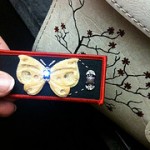
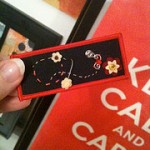
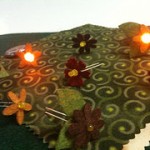
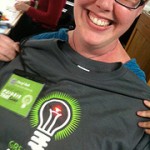
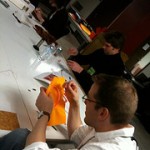
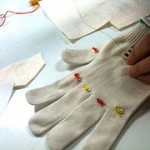
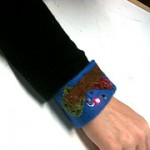
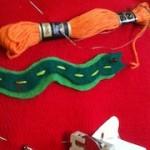
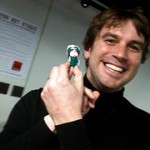





I definitely think the gendering of technology is an interesting topic for discussion. I went to a talk Mark Frauenfelder (of Make: Magazine) gave a couple of years ago, and the question I asked him at the end was why Craft: had its own magazine that seemed to be geared toward women, rather than incorporating craft projects into Make:. His response was that he didn’t see the split as intentionally being along gender lines. I still think that’s what it effectively does (well, did, since Craft: has folded); it ghetoizes the process of crafting as somehow different.
Can’t wait to try out the Arduino. I’ve been meaning to learn about those for quite a while!
Writing quickly…
Modelling comes to mind, followed by the Smithsonian’s yarn coral reef: www.mnh.si.edu/exhibits/hreef/. The thing itself is awesome, but imagine what it could so if soft circuitry could allow it to RESPOND like coral.
Can we add “performance” into the discussion? Much of the digital humanities discourse revolves around the notion of “text.” What if we start to consider text as performance? If we believe that printed text is considered fixed; digital text is less fixed and flexible, then can we imagine digital text as a performance? If so, how do we imagine things like agency, audience, action, movement, and improvisation in the digital humanities?
some random ideas:
I’m interested in exploring how embodiment may take shape within the context of digital ethnography. I’m thinking about how embodiment may lead to a collapse of the object-subject divide (linking it to the issue of complicity in field work). I would also venture to consider embodiment as a social, public, practical manifestation of knowledge.